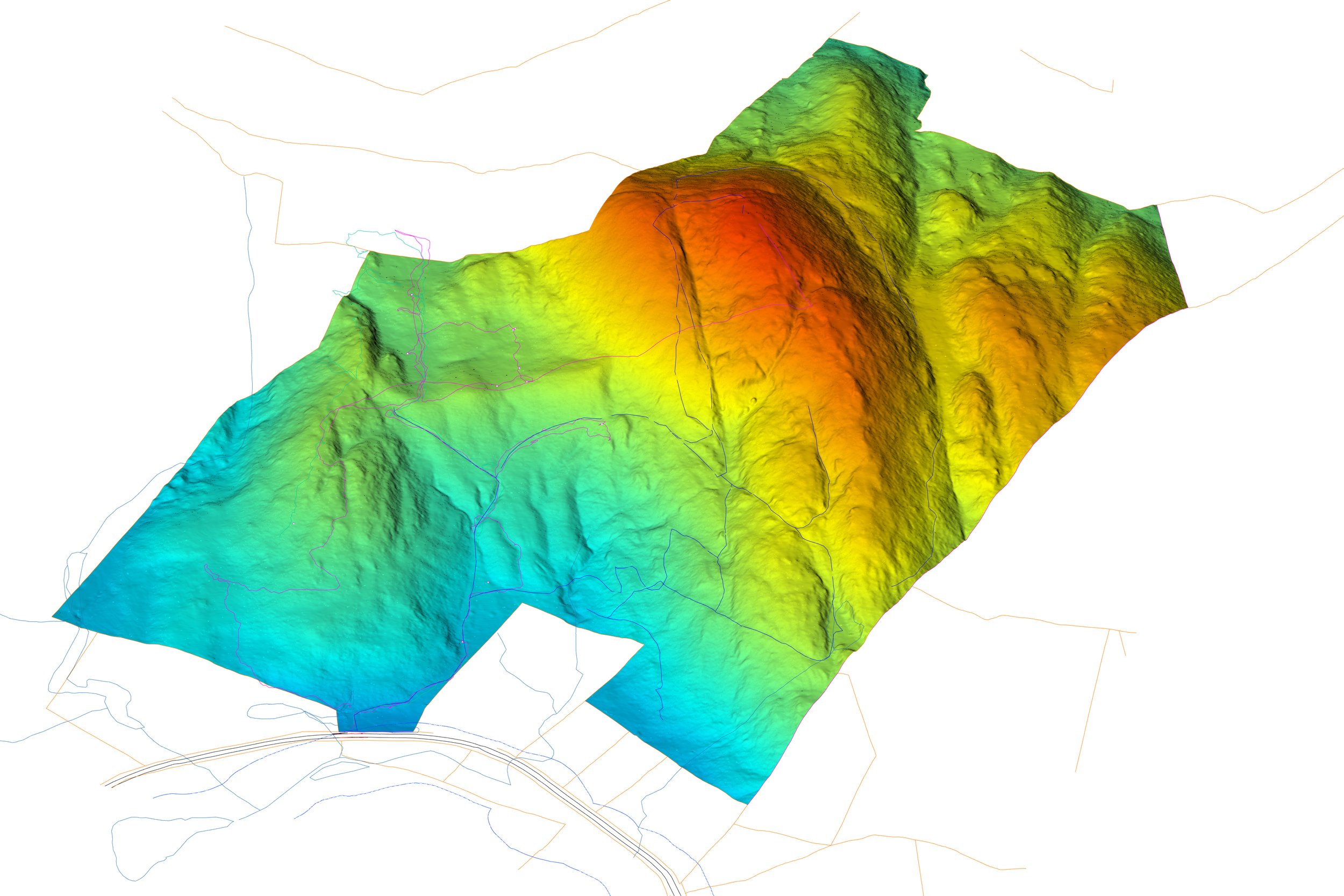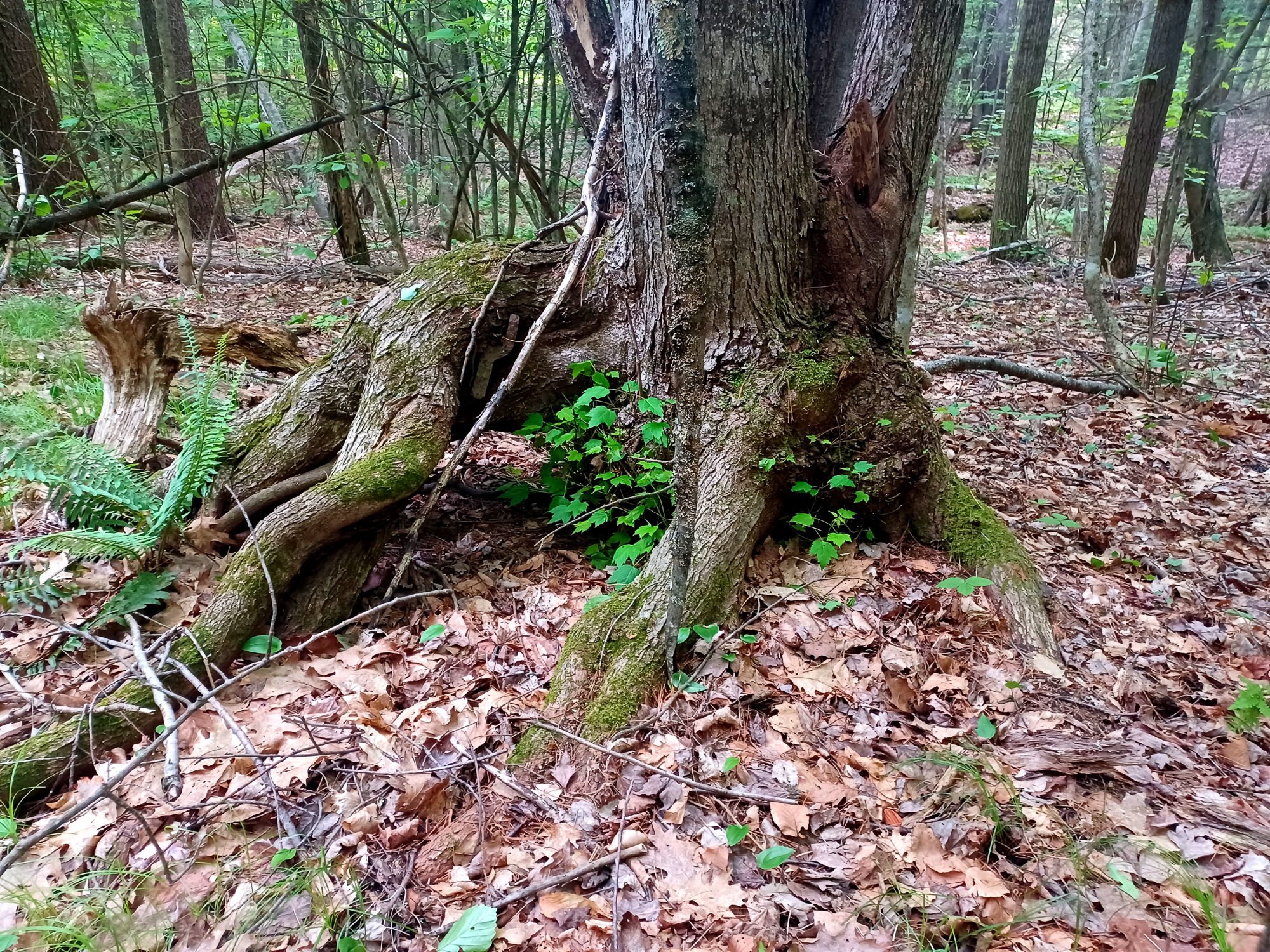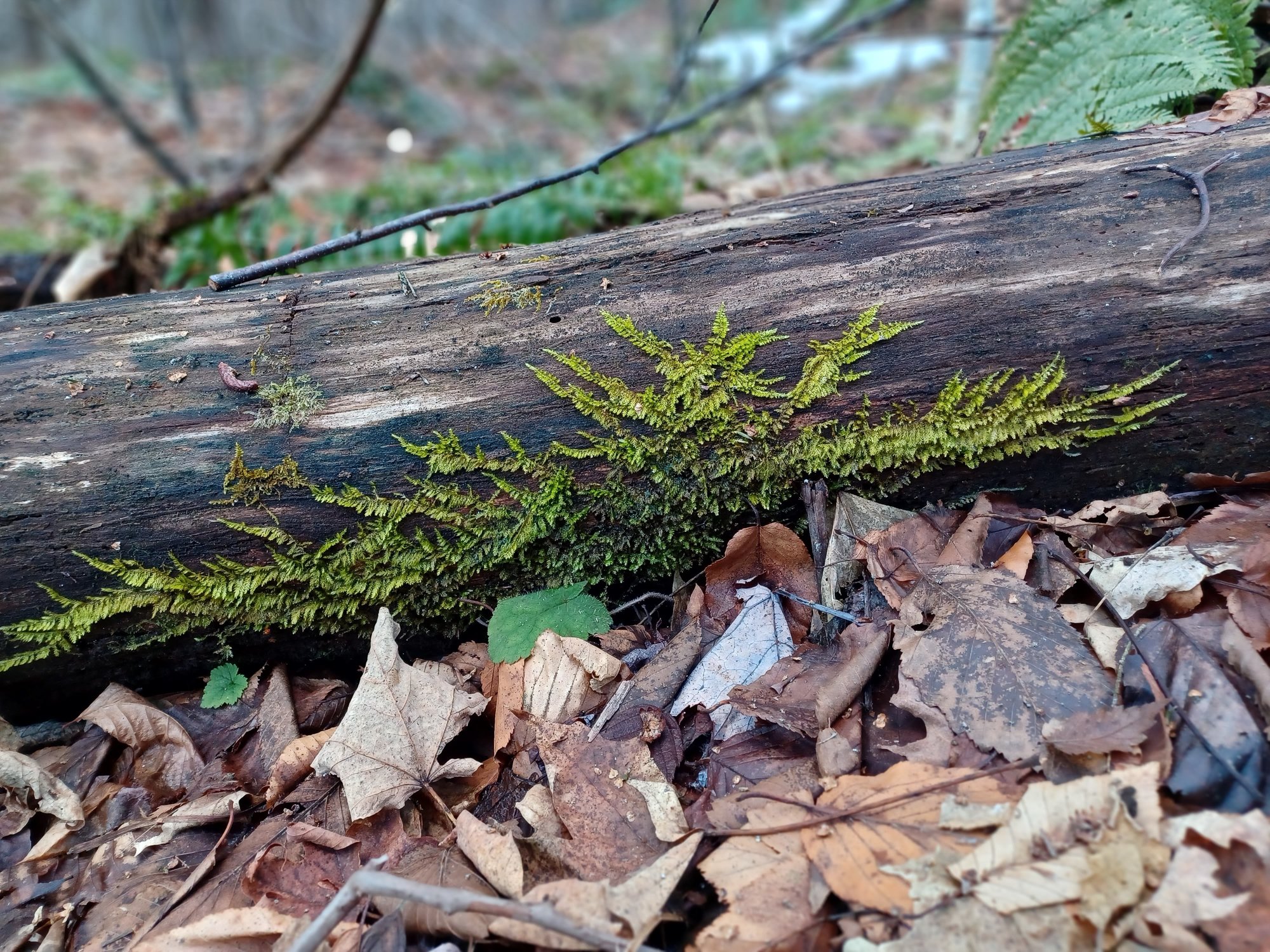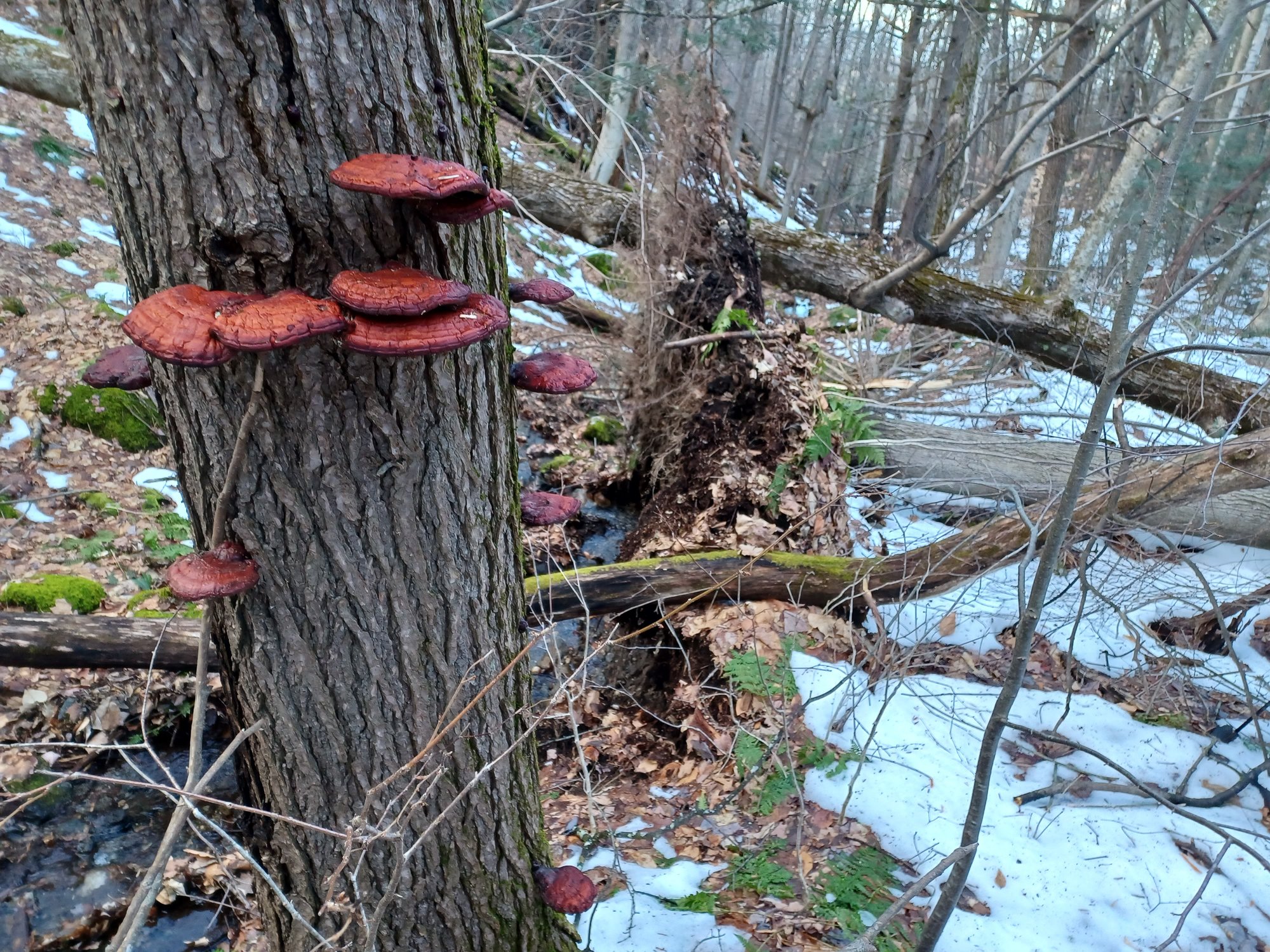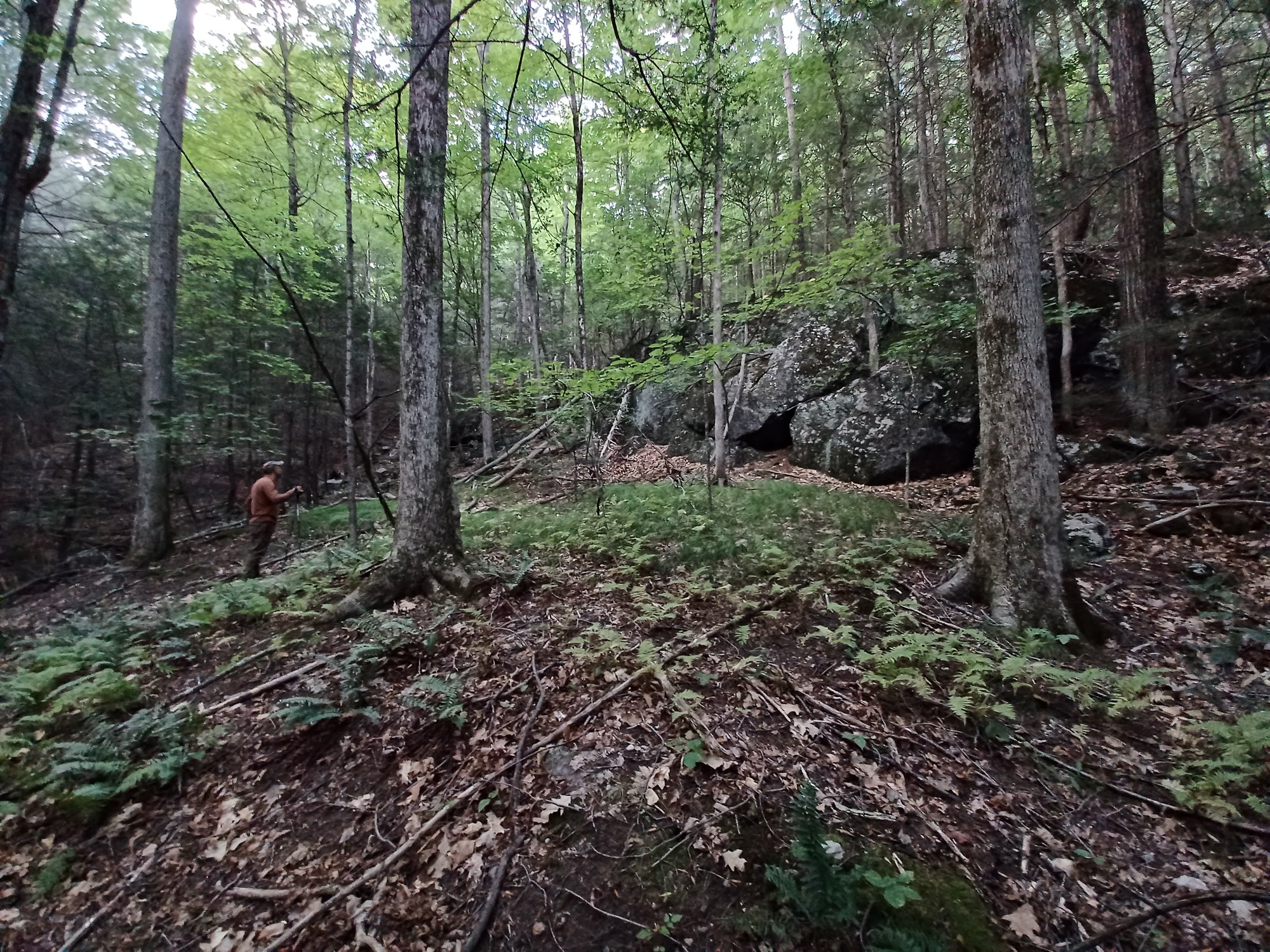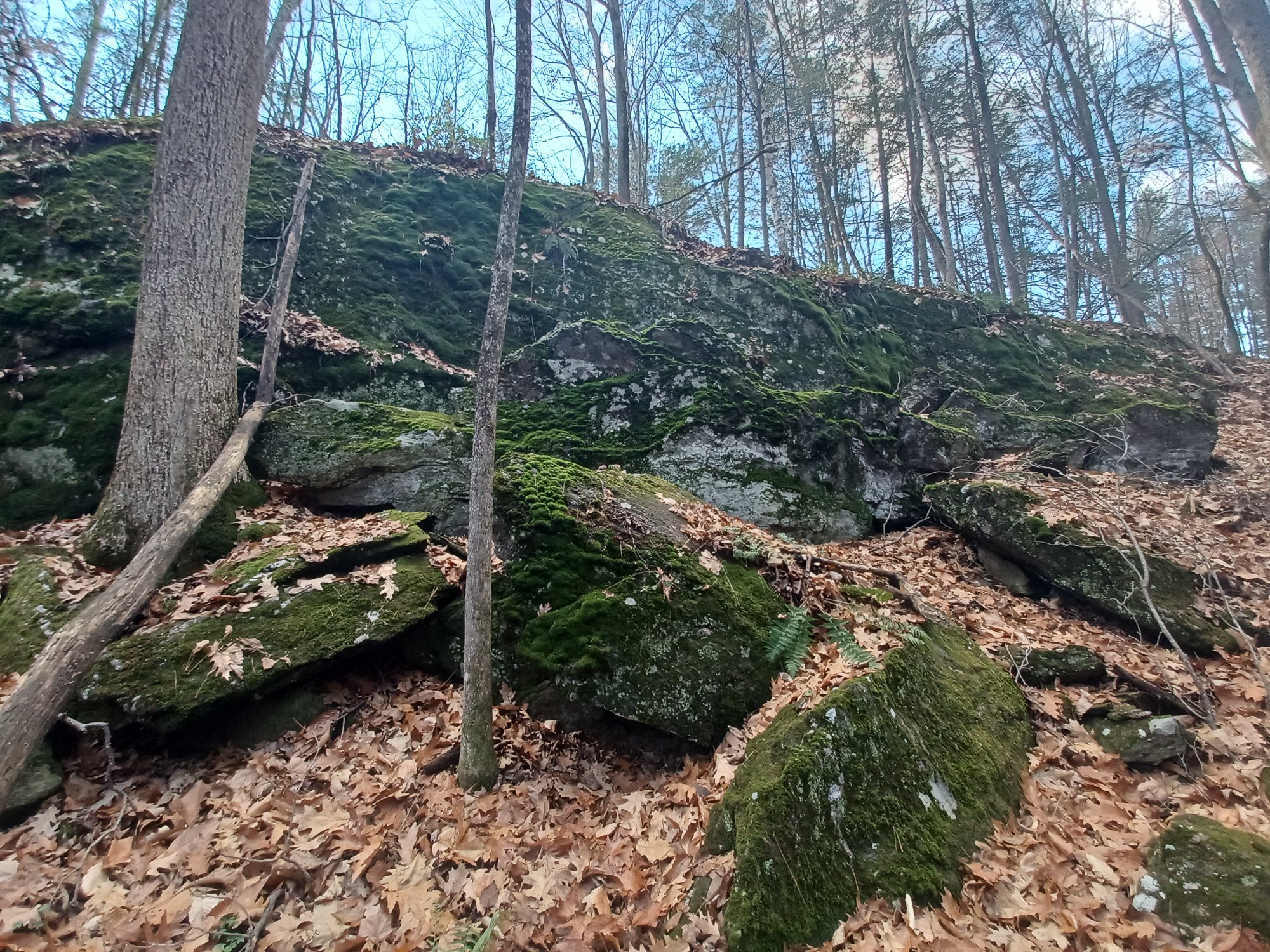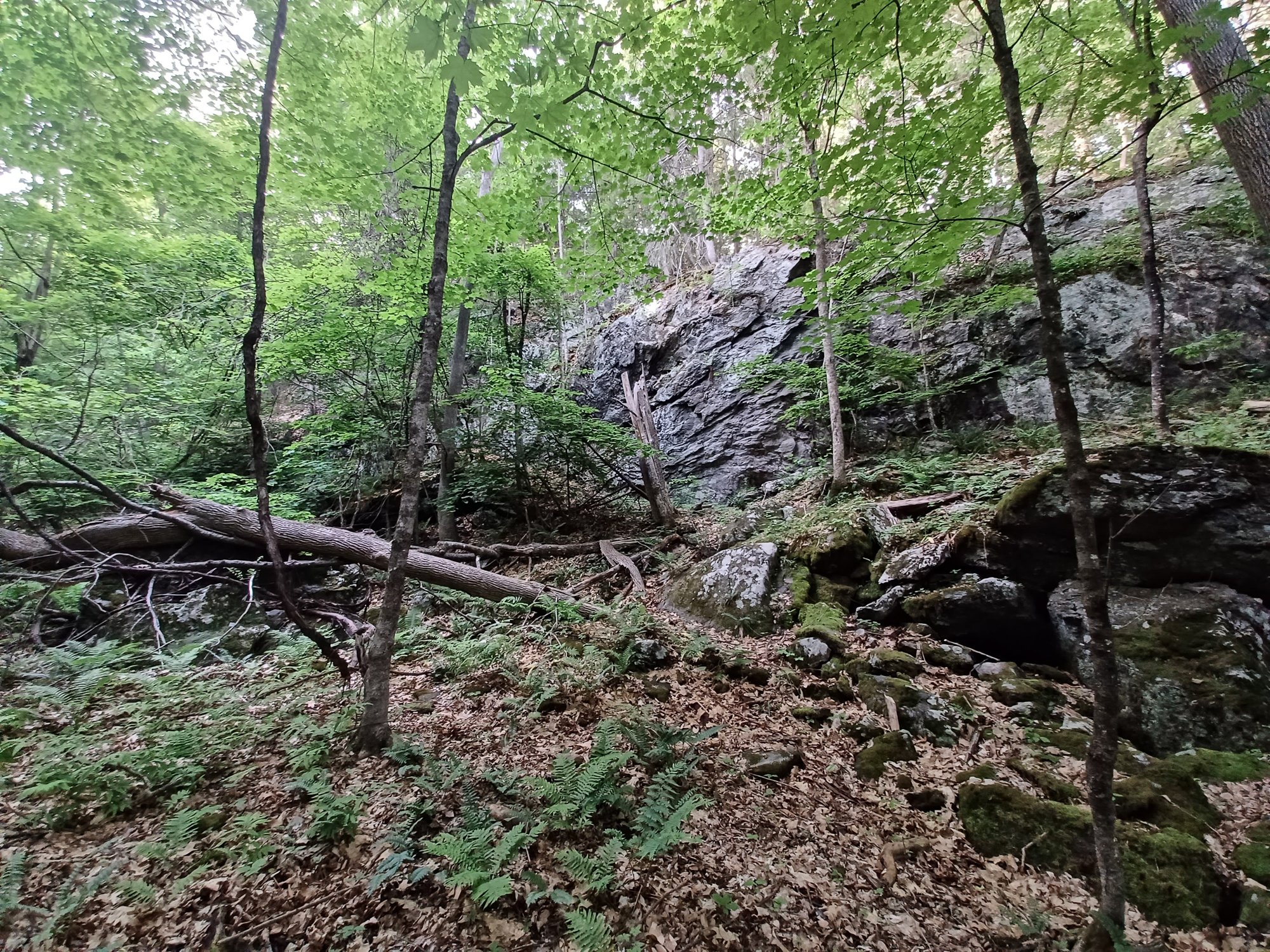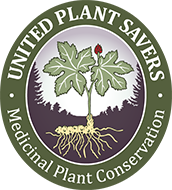Who We Are
“I believe the missing piece in environmental advocacy is having a direct connection to, and relationship with Earth. My support for this theory exists in my students, who, after experiencing hands-on learning through workshops and retreats, take on a more engaged role in supporting the health of our shared environment.”
Author, naturalist, and former pro boxer, Vanessa Chakour fosters intimacy with inner and outer wilds through writing, herbalism, martial arts, and land stewardship. Drawing on her vast personal experiences over two decades, she curates retreats and courses, inspiring creative expression through writing and movement workshops, and fostering intimacy with nature through an understanding of the plants, fungi, and animals who share our ecosystems. Vanessa facilitated experiences in partnership with organizations like the Wolf Conservation Center and the Jaguar Rescue Center, and is a Project Coyote Ambassador. She is the author of Awakening Artemis, a memoir told through the lens of 24 medicinal plants, and Earthly Bodies: Embracing Animal Nature, which delves into the parallels between human struggles and the experiences of our wild neighbors, offering insights on self-discovery and coexistence. Vanessa’s writing and work have been featured in Orion, Terrain, Psyche/Aeon Magazine, Yes! Magazine, Psychology Today, and more. A USA Boxing certified coach, Vanessa coaches boxing, facilitates writing groups and land stewardship initiatives, and is a devoted student of nature.
VANESSA CHAKOUR
"It's been a romantic, primal idea to live off the land. Maybe I got the idea from my parents, my grandparents and generations of family who lived off the land in Puerto Rico. But growing up in Chicago and living in big cities, it seemed like living in a rural environment in the U.S. was not only financially inaccessible but also, as a Puerto Rican with Taino heratige, culturally uninviting. By the time this opportunity arose my sentiments toward land ownership had evolved. It’s a reclamation, but more than that, I realized the land needs stewards as much as stewards need the land."
Enrique explores humans' relationship with nature through technology, 3-dimensional design, sculpture and philosophy. Though he graduated from Yale with a BA in Anthropology and Chinese, he excelled in Erwin Hauer's sculpture courses and after reconnecting years later they collaborated and founded Erwin Hauer Studios. There, Enrique mastered the necessary technology, material science and traditional fabrication practices to reissue and install Hauer’s seminal architectural Continuua screens in institutions like the Boston MFA, hotels like The Standard Hotel in New York City, the World Bank in Washington DC, and scores of other commercial and residential projects in the United States and abroad.
Enrique will be applying his unique fabrication knowledge, both analog and digital, to sustainable design efforts at Mount Owen Forest Sanctuary.
ENRIQUE ROSADO
Red oak and red maple populate the living landscape along with black birch, paper birch and yellow birch, shagbark hickory, hemlock, white pine, beautiful old sugar maples and more. Understory plants include native medicinals such as trillium, bloodroot, blue cohosh, Solomon’s Seal and wild leek. Spicebush grows around the vernal pool while goldenrod and mugwort flourish around the forest edge. Flushes of reishi, oyster, turkey tail and chaga mushrooms grow throughout the woods amidst dramatic moss covered ledges, often cascading with seasonal streams. You may hear songbirds like the veery, hermit thrush, black-throated blue warbler and scarlet tanager and find evidence of red fox, porcupine, white-tailed deer, red-tailed hawks, bobcats, and black bear.
Over 1,500 feet in height, Mount Owen is located on the traditional homeland of the Nipmuc Tribal Nation, the original stewards for over 12,000 years. Before this region was forcibly colonized, the Nipmuc homeland stretched over 2000 square miles, encompassing central Massachusetts, Northern Connecticut, Northern Rhode Island, and southern New Hampshire. Part of the Algonquin language group; there are roughly 3000 family clan members living in southern New England today. You can learn more about the Nipmuc Tribal Nation as well as actions you can take on their behalf through The Ohketeau Cultural Center. Ohketeau is the Nipmuc word meaning: “a place to plant and grow.”
MOUNT OWEN



